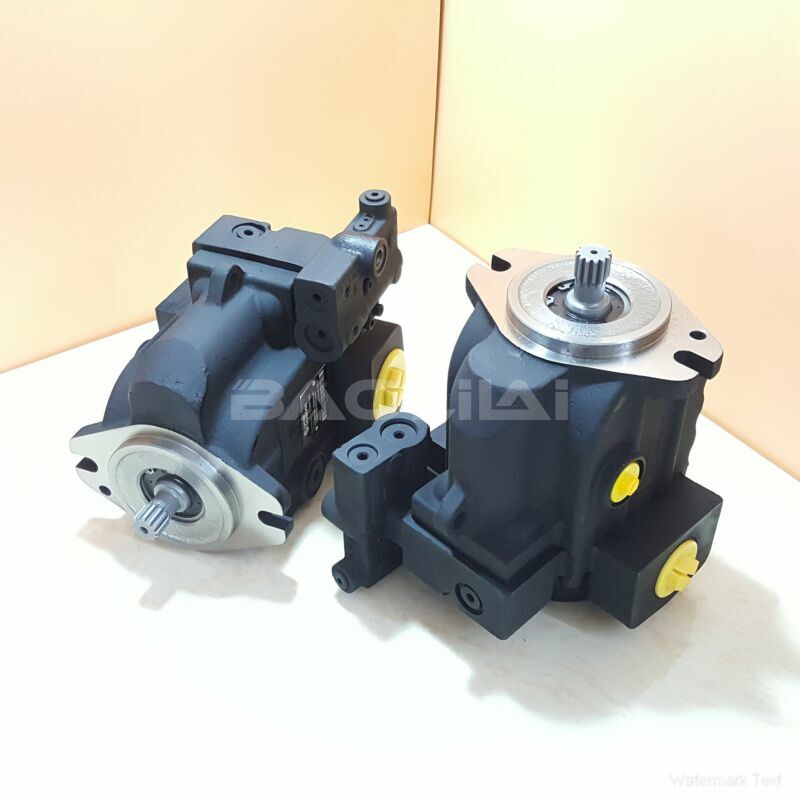LRR025CPC21NNNNN3C2AGA6NPLBNNNNNN danfoss pump
LRR025CPC21NNNNN3C2AGA6NPLBNNNNNN danfoss pump

- Product Details
- Applicable Scene
In various industrial applications, the ability to cut through sensitive materials without causing damage is critical. High-pressure pumps have emerged as a revolutionary solution to meet this challenge, providing an effective means of achieving clean cuts in materials that require precision and care. This article explores how high-pressure pumps function and their impact on cutting technologies, particularly in sensitive applications.
LR-R-025C-PC-21-NN-NN-N-3-C2AG-A6N-PLB-NNN-NNN
LRR025CPC21NNNNN3C2AGA6NPLBNNNNNN
High-pressure pumps function by converting mechanical energy into hydraulic energy, generating fluid at pressures typically exceeding 20,000 PSI (pounds per square inch). This intense pressure allows small streams of water or other cutting fluids to penetrate the surface of materials efficiently. One of the key benefits of using high-pressure pumps for cutting is the ability to maintain a controlled jet that minimizes thermal effects, which is crucial for sensitive materials.

7005194
One of the most notable applications of high-pressure pumps is in waterjet cutting technology. Waterjets utilize a focused jet of high-pressure water to cut through various materials, including metals, glass, plastics, and composites. The waterjet technology is particularly advantageous for sensitive materials, such as foam or delicate fabrics, where traditional cutting methods may lead to fraying, melting, or other forms of damage.
The advantages of using high-pressure pumps for cutting extend beyond merely reducing physical damage. The precision and accuracy achieved through this method significantly enhance the quality of the final product. For instance, in the aerospace and automotive industries, where components must adhere to tight tolerances, waterjet cutting powered by high-pressure pumps ensures that dimensional accuracy is maintained without the introduction of stress or heat that could compromise material integrity.
Moreover, high-pressure pumps allow for the cutting of intricate designs that are often impossible with conventional techniques. The ability to produce complex shapes without extensive secondary operations reduces waste and enhances overall process efficiency. As manufacturers strive to meet sustainability goals, this aspect becomes increasingly important, as less material waste translates into more resource-efficient operations.





